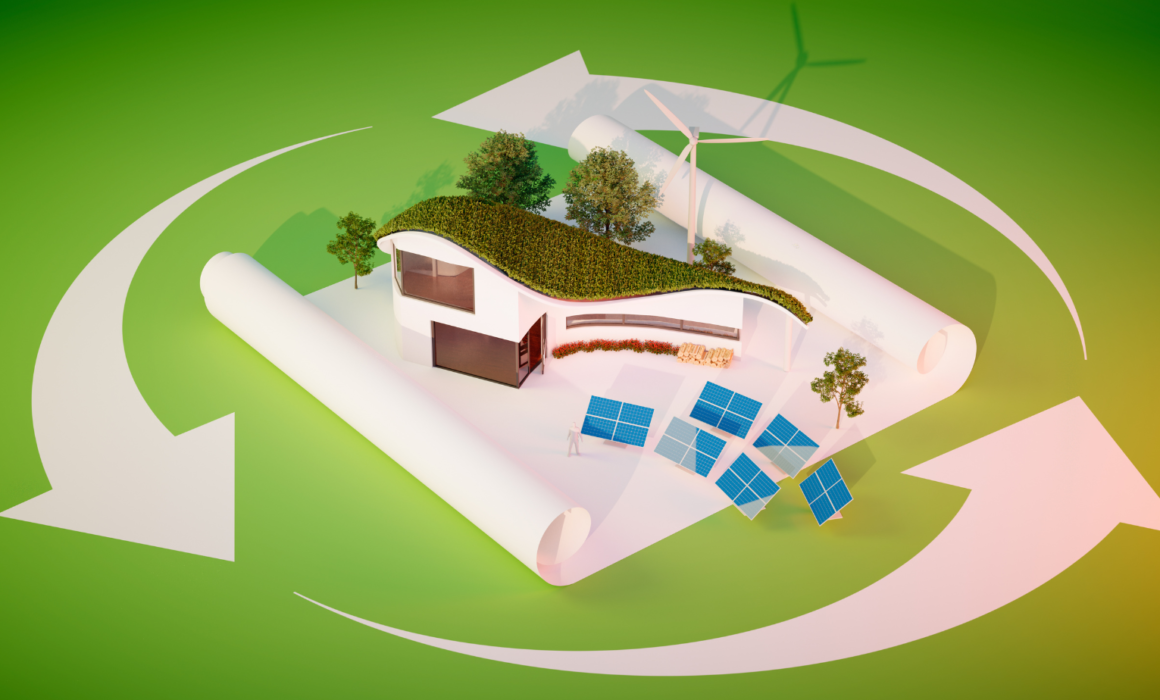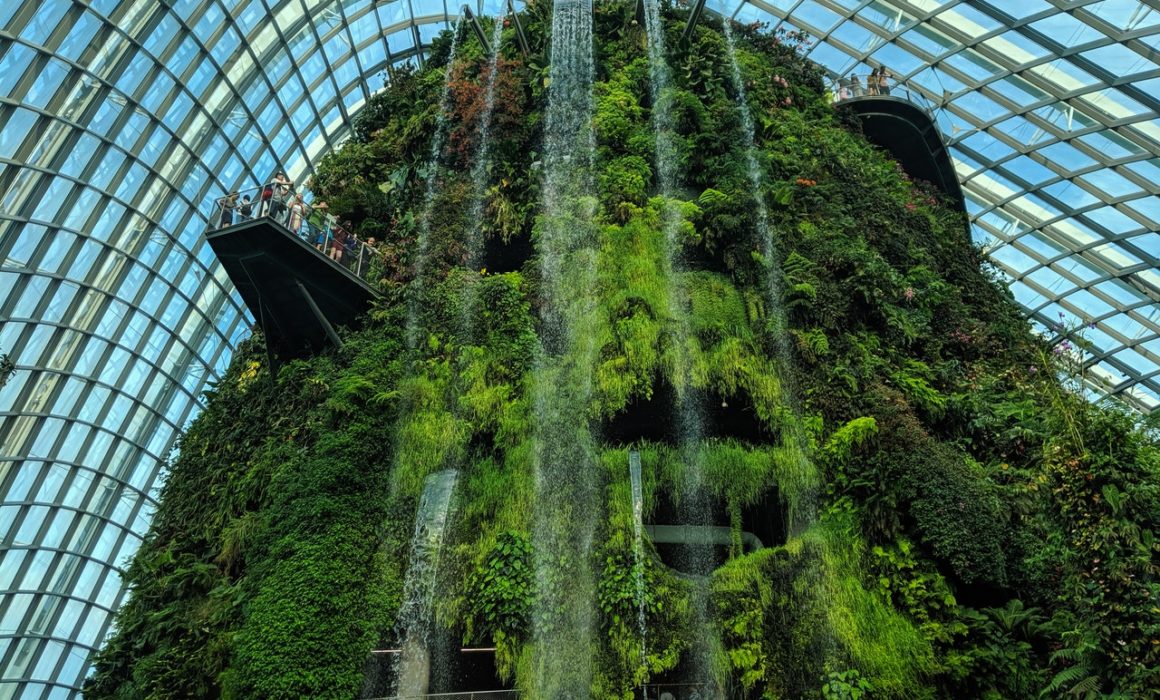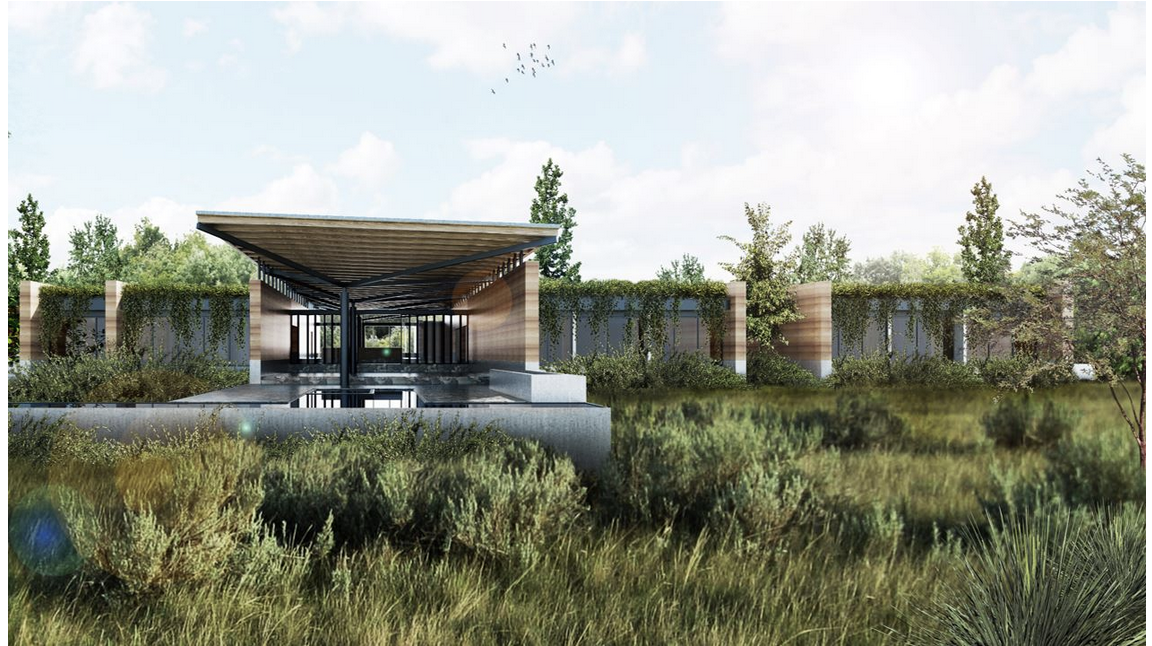The importance of sustainable building design
The increase in population in the world in recent years has caused the search for alternatives in the construction and functional improvement of different buildings, to ensure that natural resources such as water, land, forests, and minerals are not depleted.
The concept of sustainable construction arises to reduce the impact on the environment by promoting environmentally responsible building practices, improving energy and resource efficiency, and designing building plans to reduce the carbon footprint and establish a sustainable environment.
According to recent research, the operation of buildings consumes about 40% of the total global energy, and one option to mitigate this damage is sustainable architecture, which involves the entire life cycle of a building, taking into account environmental qualities, functional qualities, social and cultural factors, economic factors and future value.
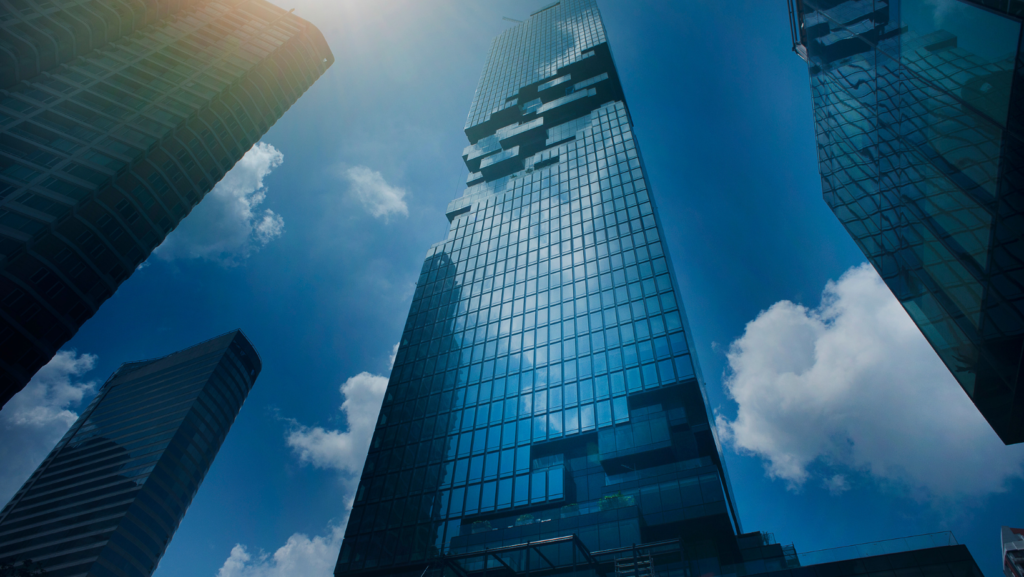
Ecological architecture is based on the local natural environment, using the basic principles of ecology, technology, building science, and modern scientific and technological means to organize the relationship between buildings and other related factors rationally.
The construction theory of ecological buildings and ecological cities presented in recent years is based on the principles of natural ecology, exploring the relationship between people, buildings, and nature and creating the most comfortable, reasonable, and sustainable environment for human beings.
Consequently, ecological architecture is the development direction of architectural design in the 21st century. This type of architecture is also called a green building or sustainable building, as it involves a wide range of aspects, is the intersection of multiple disciplines and types of work, and is a comprehensive systematic project that requires the attention and participation of the whole society.
Thus, sustainability is a crucial solution for the construction industry and economic efficiency, protection and restore ecosystems, and improve human welfare, as it aims to: minimize the loss of materials and energy; reuse and recyclability of materials; human satisfaction; minimal environmental impact and incorporation of alternative energy sources.
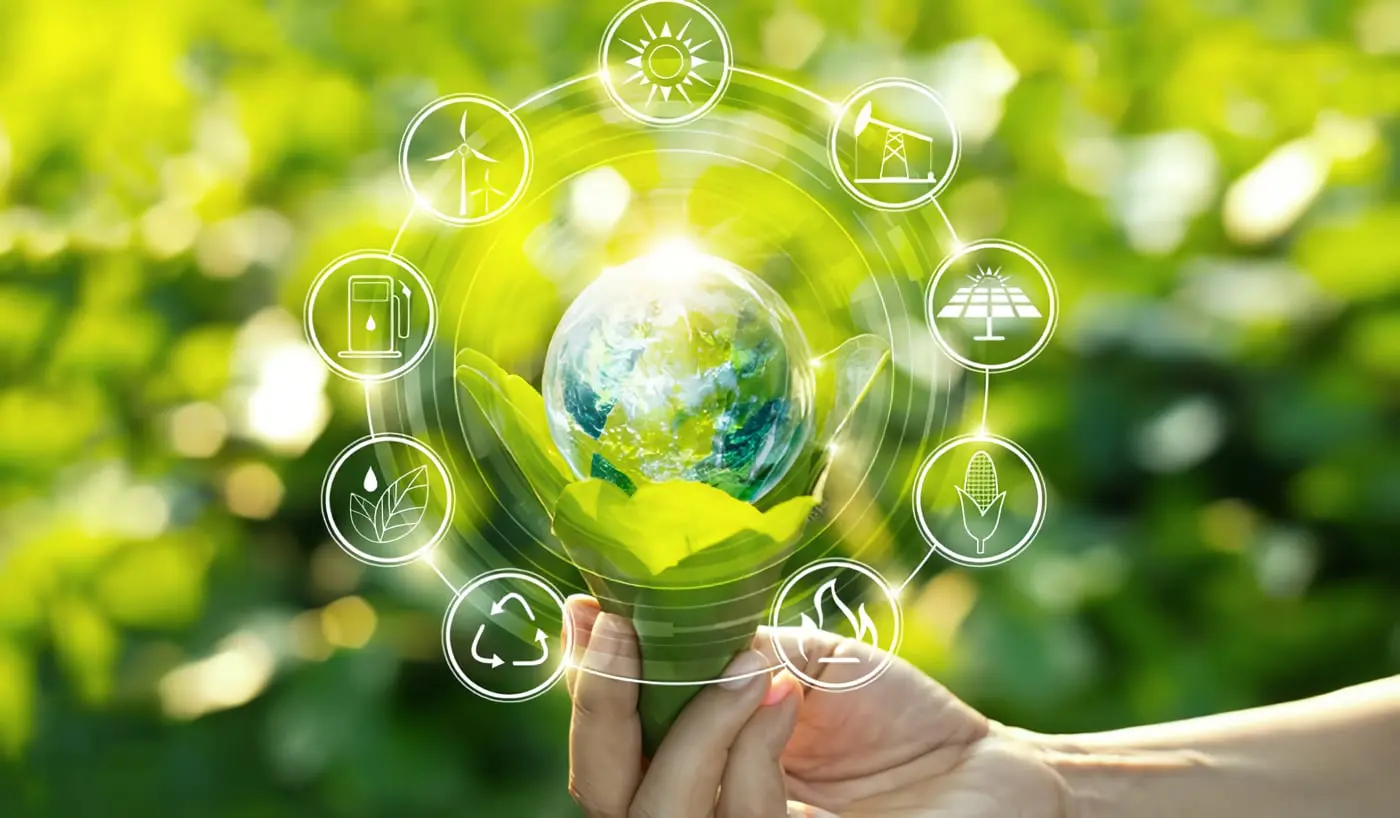
The building sustainability involves a complex structure of interrelationships between built, natural, and social systems, requiring different priorities at each stage of a building’s life cycle. These can be continuously improved.
Consequently, the design of sustainable buildings is important because the achievement of sustainability goals depends to a large extent on it, especially the reduction of material and energy loss throughout the life cycle of a building, taking into account all social and economic factors, as well as the incorporation of alternative energy sources.
Sustainable building design can be defined as a building in which the structure and processes are environmentally responsible and resource-efficient throughout the life cycle of the building. That includes everything from design and construction, maintenance and renovation, to demolition.
Why is sustainable building design relevant?
Most of a building’s carbon footprint comes from its energy. Heating alone accounts for 10% of a country’s carbon footprint. Moving to sustainable architecture brings numerous benefits, not only for the environment but also economic and social, such as greater ecology and a reduction in energy use.
Other benefits include:
- Protection of natural ecosystems and environmental biodiversity.
- Improved air and water quality.
- Competitive advantage, giving architects the opportunity to win business based on their sustainability commitments.
- Improved living conditions, health, and comfort of building occupants.
Finally, sustainable building design helps to strike a balance between the environment and the construction industry, which overexploits natural resources and is a way to counteract the environmental impact.
By Ingrid Luna
